Grout. It’s often overlooked, but it’s the unsung hero of any tiled space. The right grout color can elevate your design, while the wrong one can feel like a glaring mistake. So how do you pick the perfect shade? Let’s dive in.
Understanding Your Tile
Before you even think about grout, you need to understand your tiles.
Tile Color: Is it light, dark, or somewhere in between? This will significantly impact on your grout options.
Tile Pattern: A busy pattern might call for a neutral grout to avoid overwhelming the design. A simple tile, on the other hand, can handle a bolder grout color.
Tile Undertones: This is often overlooked but crucial. Are your tiles warm (with hints of yellow or orange) or cool (with hints of blue or green)? Matching the grout’s undertone to the tile will create a harmonious look.
The Grout Colors
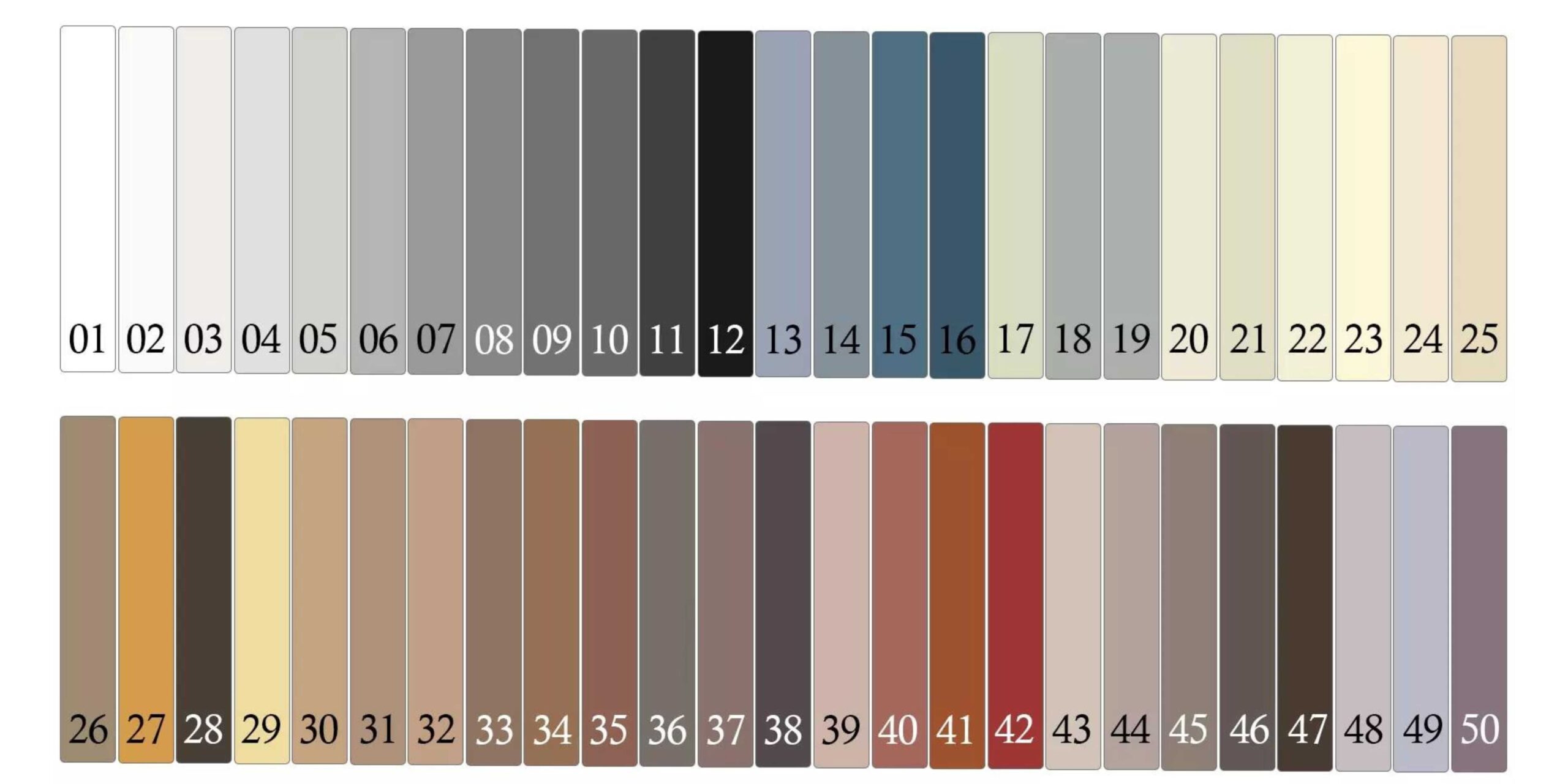
Now, let’s talk grout colors.
Matching Grout
Camouflage Effect: If you want a seamless look, choose a grout color that closely matches your tile. This works especially well with large format tiles or when you want to create a minimalist aesthetic.
Subtle Contrast: For a slightly more defined look, opt for a grout color that’s a shade or two lighter or darker than your tile. This can add depth without being too dramatic.
Contrasting Grout
Bold Statement: If you want your grout to stand out, choose a color that contrasts sharply with your tile. This can create a striking geometric pattern, especially with subway tiles.
Highlighting Details: Use a contrasting grout to emphasize intricate tile patterns or designs. For example, a dark grout can highlight the intricate details of a patterned tile.
Neutral Grout
Versatile Choice: Neutral colors like gray, beige, and white are incredibly versatile. They can complement a wide range of tile colors and styles.
Timeless Appeal: Neutral grout tends to age gracefully and doesn’t date as quickly as bolder colors.
Practical Considerations
While aesthetics is important, practicality shouldn’t be ignored.
High-Traffic Areas: Darker grout can hide dirt and stains better than light grout, making it a practical choice for kitchens and bathrooms.
Maintenance: Lighter grout will show dirt more easily, but it’s often easier to clean.
Grout Type: The type of grout you choose can also impact color. Epoxy grout is known for its stain resistance and color consistency, while cement grout can be more porous and may darken over time.
Testing Your Grout Color
Before committing to a grout color, it’s essential to test it out.
Grout Samples: Many tile stores offer grout samples. Ask for a small amount to test on a spare tile or an inconspicuous area.
Create a Mock-Up: If you have a large tile sample, create a mock-up of your grout lines using painter’s tape. This will give you a better idea of how the grout color will look in your space.
Natural Light: View your grout samples in different lighting conditions. Colors can look different in natural light compared to artificial light.
Additional Tips
Consider Your Overall Design: Your grout color should complement your overall room design. Think about the colors in your cabinets, countertops, and walls.
Don’t Be Afraid to Experiment: Grout is just grout. If you don’t love it, you can always regrout.
Consult a Professional: If you’re unsure, consult a tile professional. They can offer expert advice and help you choose the perfect grout color.
By following these tips, you’ll be well on your way to selecting the perfect grout color for your tile project. Remember, the right grout can transform a space, so choose wisely!
Would you like me to add specific examples of tile and grout combinations, or perhaps create a visual guide?

 Bathroom Wall Tiles
Bathroom Wall Tiles Bathroom Floor Tiles
Bathroom Floor Tiles Shower Room Tiles
Shower Room Tiles Wet Room Tiles
Wet Room Tiles Feature Wall
Feature Wall Small
Small Medium
Medium Large
Large Extra Large
Extra Large Grey
Grey White
White Green
Green Black
Black Pink
Pink Blue
Blue Beige
Beige Cream
Cream Black & White
Black & White Teal & Turquoise
Teal & Turquoise Onyx Effect
Onyx Effect Rustic Effect
Rustic Effect Natural Stone Effect
Natural Stone Effect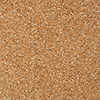 Granite Effect
Granite Effect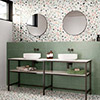 Terrazzo Effects
Terrazzo Effects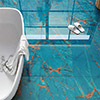 Glass Effect
Glass Effect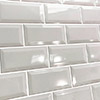 Subway Tiles
Subway Tiles Victorian Tiles
Victorian Tiles Concreate Effect
Concreate Effect Brick Effect
Brick Effect Square Tiles
Square Tiles Rectangle Tiles
Rectangle Tiles Hexagonal Tiles
Hexagonal Tiles Plank Tiles
Plank Tiles Fan Shaped Tiles
Fan Shaped Tiles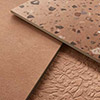 Matt
Matt Polished/ Glose
Polished/ Glose Kitchen Wall Tiles
Kitchen Wall Tiles Kitchen Floor Tiles
Kitchen Floor Tiles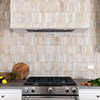 Splashback Tiles
Splashback Tiles Wood Effect
Wood Effect Marble Effect
Marble Effect Outdoor Wall Tiles
Outdoor Wall Tiles Fireplace
Fireplace Garden Tiles
Garden Tiles Outdoor Floor Tiles
Outdoor Floor Tiles Patio Tiles
Patio Tiles Porch Tiles
Porch Tiles Hallway
Hallway Living room
Living room Balcony Tiles
Balcony Tiles Deck Tiles
Deck Tiles Outdoor Slab Tiles
Outdoor Slab Tiles Wall Cladding
Wall Cladding